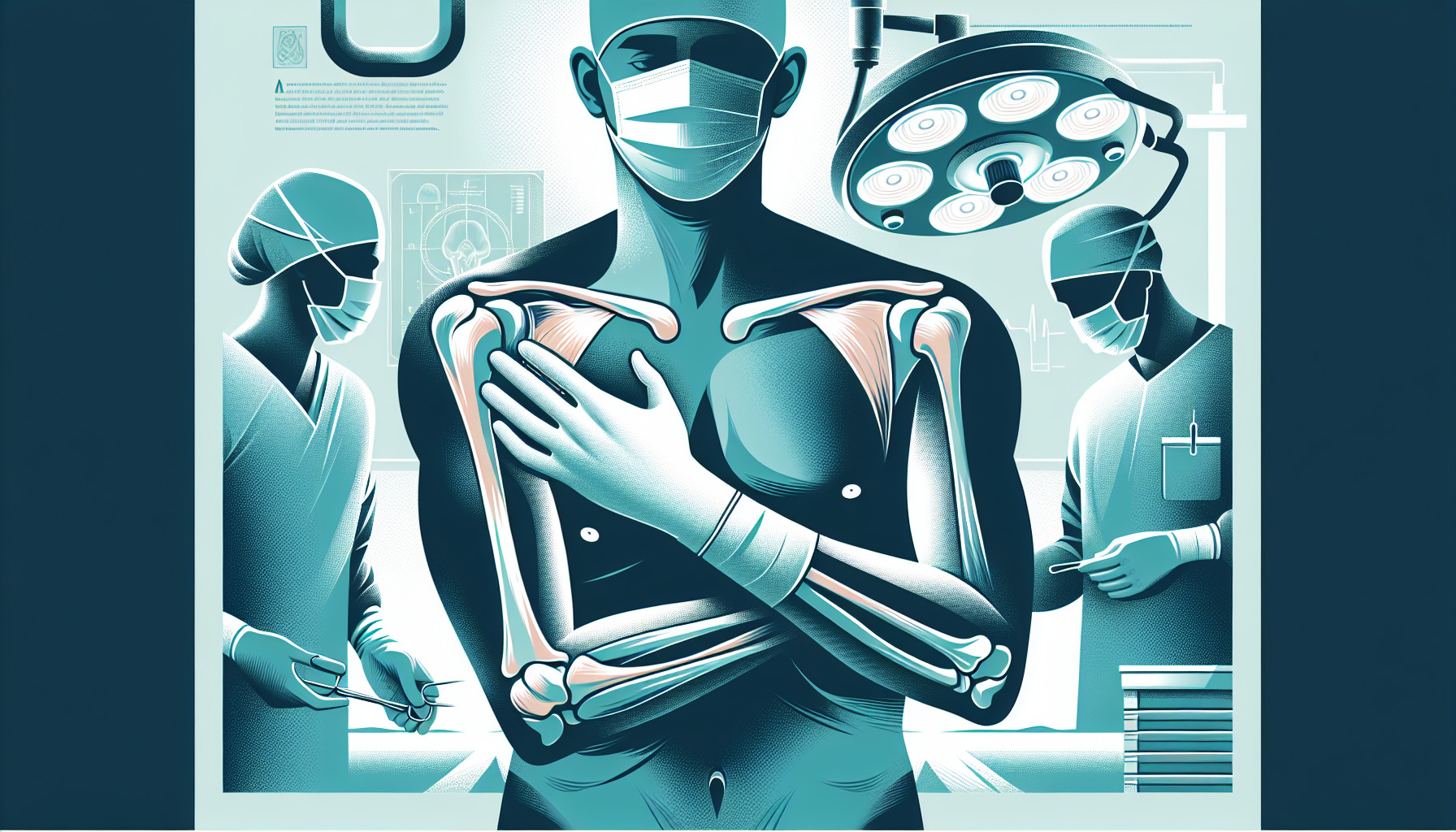Our Summary
This research paper discusses the difficulties of managing paralysis in the muscles around the shoulder. This condition can lead to debilitating pain and loss of function in the upper limb, due to a problem called “inferior glenohumeral subluxation”. The two main goals of treatment are to stabilize the shoulder joint to reduce pain, and to restore the range of motion in the shoulder.
The paper talks about the complexity of how the shoulder muscles work together to allow the shoulder to move. Understanding this intricate relationship and the basic principles of a medical procedure called “tendon transfer” is crucial before considering this treatment.
In a successful tendon transfer, the transferred tendon should behave similarly to the muscle it’s replacing. It should have similar tension, similar “pull”, and be able to move in a similar way. It should only replace one function, and the muscle being transferred should have normal strength.
The paper uses technical terms and concepts such as biomechanics, brachial plexus palsy, paralytic shoulder, rotator cuff tear, and tendon transfer.
FAQs
- What is “inferior glenohumeral subluxation” and how does it affect the shoulder?
- What is a “tendon transfer” and how does it work in treating shoulder paralysis?
- What are the important factors to consider for a successful tendon transfer?
Doctor’s Tip
A doctor might advise a patient undergoing shoulder replacement surgery to follow their post-operative rehabilitation plan diligently, including physical therapy exercises to help improve strength and range of motion in the shoulder. It is important for the patient to communicate any concerns or difficulties they may have during the recovery process with their healthcare team to ensure the best possible outcome. Additionally, maintaining a healthy lifestyle, including regular exercise and a balanced diet, can also help support the healing process and overall shoulder function.
Suitable For
Patients who are typically recommended for shoulder replacement surgery include those who have severe arthritis in the shoulder joint, have experienced a significant shoulder injury, or have failed to improve with conservative treatments such as physical therapy or medication. Other factors that may indicate a need for shoulder replacement surgery include chronic pain, limited range of motion, weakness, and difficulty performing daily activities.
In some cases, patients with paralysis in the muscles around the shoulder may also be recommended for shoulder replacement surgery. This can be a complex decision, as the presence of paralysis can affect the success of the surgery and the overall outcome. However, in certain cases where other treatments have not been successful in improving function and reducing pain, shoulder replacement surgery may be considered as a last resort.
Overall, the decision to recommend shoulder replacement surgery for patients with paralysis in the shoulder muscles should be made on a case-by-case basis, taking into consideration the severity of the paralysis, the patient’s overall health and functional goals, and the potential risks and benefits of the surgery. It is important for patients to work closely with their healthcare provider to determine the best treatment approach for their individual situation.
Timeline
Before shoulder replacement surgery, a patient may experience chronic shoulder pain, limited range of motion, and weakness in the affected shoulder. They may have tried conservative treatments such as physical therapy, medications, and cortisone injections with little relief.
After undergoing shoulder replacement surgery, the patient will typically experience some pain and discomfort in the shoulder area. They will undergo physical therapy to regain strength and range of motion in the shoulder. It may take several months for the patient to fully recover and regain function in the shoulder. With proper rehabilitation and follow-up care, most patients can expect to see significant improvements in their shoulder function and overall quality of life.
What to Ask Your Doctor
What is causing my shoulder pain and why is shoulder replacement recommended for me?
What are the risks and benefits of shoulder replacement surgery?
What is the expected recovery time and rehabilitation process after shoulder replacement surgery?
Are there any alternative treatments or procedures that I should consider before opting for shoulder replacement?
How often do you perform shoulder replacement surgeries and what is your success rate?
Can you explain the concept of tendon transfer and how it relates to my specific condition?
Will I need physical therapy after shoulder replacement surgery and for how long?
What are the potential complications or side effects of shoulder replacement surgery that I should be aware of?
How will my range of motion and strength be affected after shoulder replacement surgery?
Are there any lifestyle changes or modifications I should make after undergoing shoulder replacement surgery?
Reference
Authors: Werthel JD, Elhassan B. Journal: Hand Surg Rehabil. 2022 Feb;41S:S29-S33. doi: 10.1016/j.hansur.2018.06.006. Epub 2021 Jul 1. PMID: 34217900
